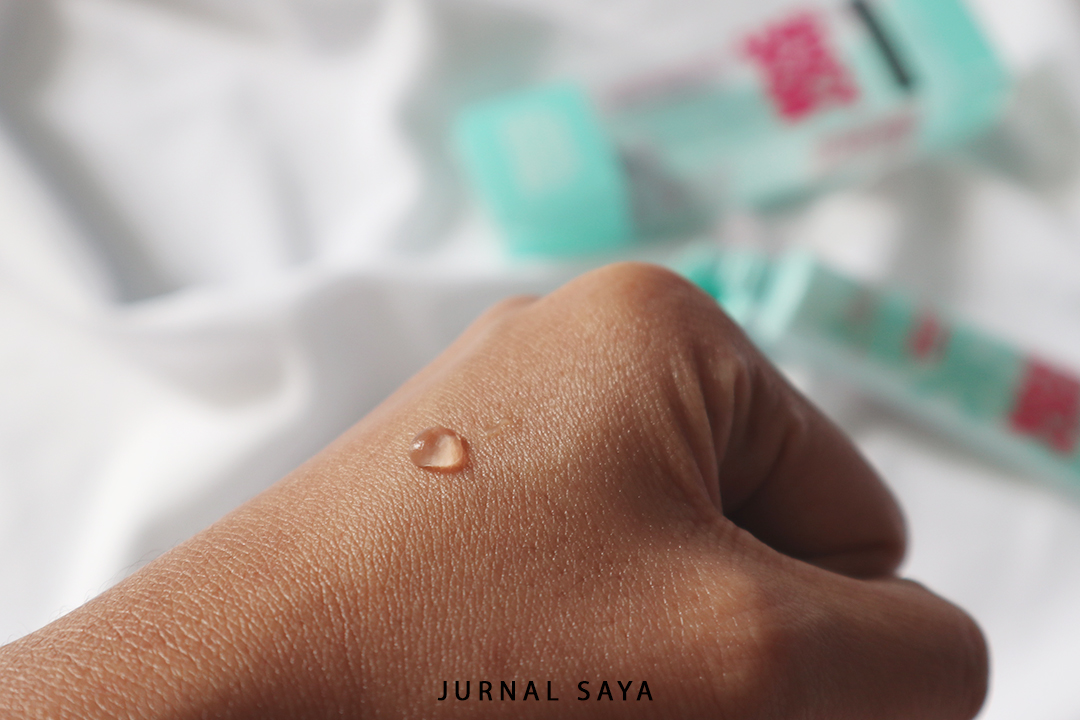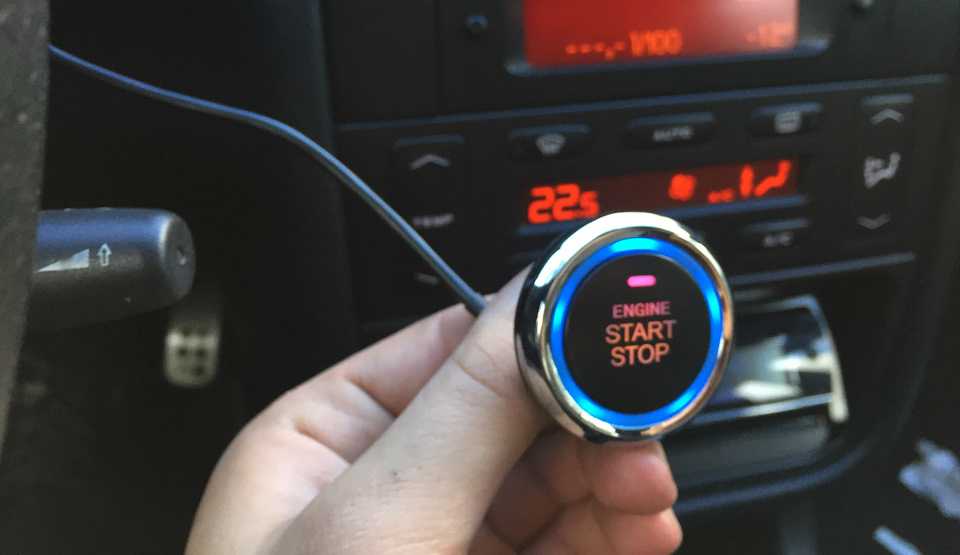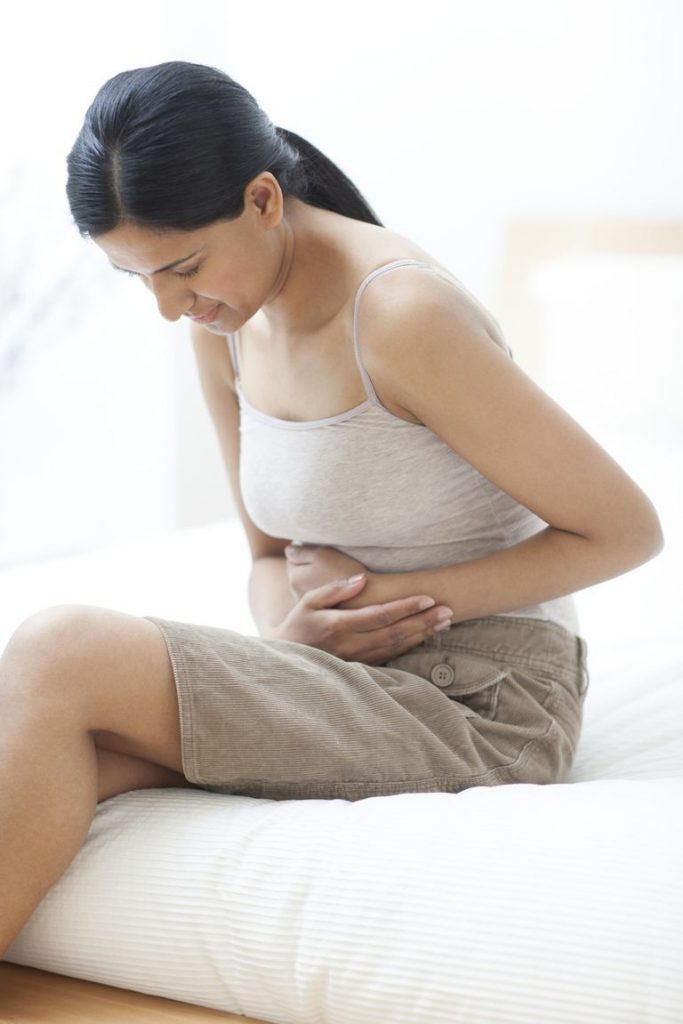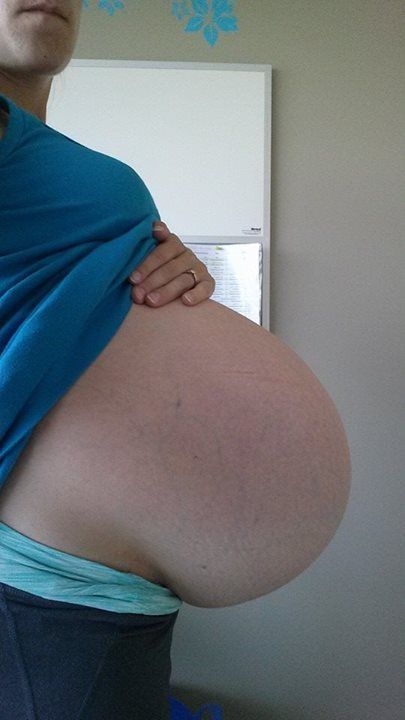Small dots on baby skin
Is It Baby Acne, a Rash, or Something Else?
Even adults can find it difficult to identify their skin issues. Everyone’s skin is different, and the way rashes and acne flare up can vary. Babies can’t tell you what they’re feeling, so you’ll have to go on looks alone.
Read on to learn about some of the most common skin issues that babies face and how you can treat them at home.
Baby acne usually develops about 2 to 4 weeks after birth. Tiny red or white bumps appear on the baby’s cheeks, nose, and forehead. The cause is unknown. It typically clears up on its own in about 3 to 4 months without leaving marks.
To treat baby acne, don’t use any of the over-the-counter acne products you’d use on yourself. These can damage your baby’s delicate skin.
Regular home care should be enough to treat baby acne:
- Wash your baby’s face daily with warm water. You may also try a gentle, unscented soap.
- Do not scrub hard or pinch irritated areas.
- Avoid lotions and oily face products.
If you’re concerned that your baby’s acne isn’t going away, their doctor can recommend or prescribe safe treatments.
Eczema is a skin condition that causes a dry, red, itchy, and sometimes painful rash. It’s more common in children and often develops in the first 6 months of life. The condition can continue as the child gets older, or they may grow out of it.
In babies up to 6 months old, eczema often appears on the cheeks or forehead. As the baby gets older, the rash may move to the elbows, knees, and skin creases.
Eczema flares up when the skin is dry or when the skin comes into contact with an allergen or irritant, such as:
- pet dander
- dust mites
- detergent
- household cleaner
Drooling can also irritate eczema around the chin or mouth.
There’s no cure for eczema, but there are ways to manage your baby’s symptoms:
- Give your baby short, lukewarm baths (between 5 and 10 minutes) and use an unscented or gentle soap on the affected areas.
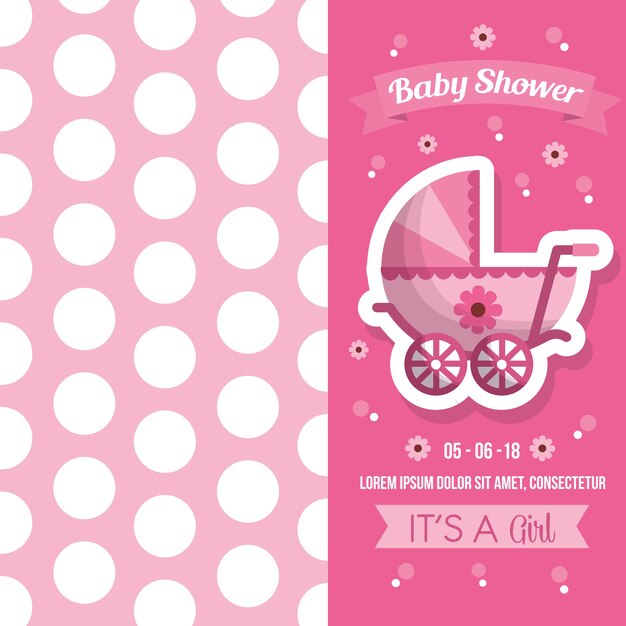
- Use a thick, unscented cream or ointment as a moisturizer twice a day.
- Use fragrance-free laundry detergent designed for sensitive skin.
Your baby’s pediatrician may be able to prescribe a steroid ointment to help reduce inflammation. Use this as directed by their doctor.
Milia are tiny white bumps on a newborn’s nose, chin, or cheeks that look similar to acne. They can also appear on the baby’s arms and legs. The bumps are caused by dead skin flakes becoming trapped near the skin’s surface. Like baby acne, milia go away without treatment.
However, you can use the same at-home care:
- Wash your baby’s face daily with plain water or if needed, an unscented or gentle soap.
- Do not scrub hard or pinch the irritated areas.
- Avoid lotions or oily face products.
Cradle cap looks like scaly, yellowish, crusty patches on the baby’s head. Depending on your baby’s skin tone, the patches may appear yellowish, brown, purple, or grey.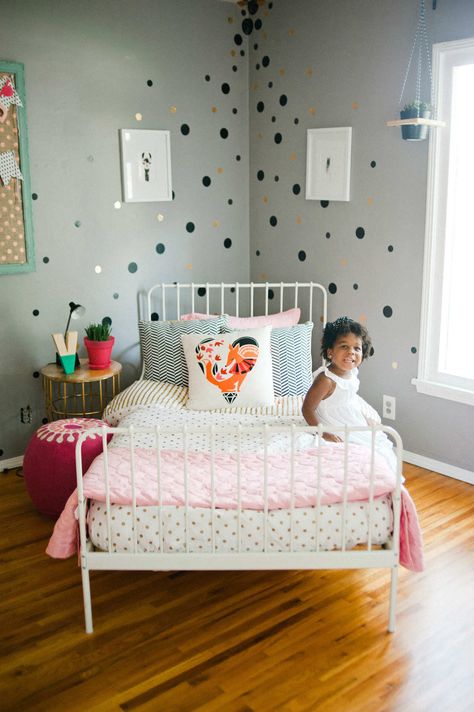
Cradle cap usually develops when a baby is 2 or 3 months old. There may also be redness surrounding the patches. This rash may also appear on the baby’s:
- face
- eyebrows
- neck
- ears
- armpits
Cradle cap is not harmful to your baby. It’s not itchy like eczema. It’ll go away on its own in a few weeks or months without treatment.
Some things you can do at home to manage cradle cap are:
- Wash your baby’s hair and scalp with a gentle shampoo.
- Brush scales out with a soft-bristled hairbrush.
- Avoid washing hair too often, as it’ll dry out the scalp.
- Use baby oil to soften the scales so they’re easier to brush out.
Heat rash is caused when sweat gets trapped under the skin because of blocked pores. It’s usually caused by exposure to hot or humid weather. When a baby gets heat rash, they develop tiny, red, fluid-filled blisters. These can appear on the:
- neck
- shoulders
- chest
- armpits
- elbow creases
- groin
The rash generally goes away within a few days without treatment. However, see your baby’s doctor if they develop a fever or if the rash:
However, see your baby’s doctor if they develop a fever or if the rash:
- does not go away
- looks worse
- gets infected
To avoid overheating, dress your baby in loose-fitting cotton clothing during hot summer months. Take off extra layers if they get too hot in cooler weather.
Hand, foot, and mouth disease (HFMD) is a highly contagious viral infection. HFMD commonly causes blisters or sores to appear in or around the mouth or on the hands or feet. The rash may be seen in one or more of these locations.
The rash looks like red blisters or bumps. As the disease progresses, the sores may crust over. The spots may be harder to identify on darker skin tones.
While it can occur in anyone, it’s more commonly seen in children under 5 years old.
Additional symptoms may include:
- fever
- decreased appetite
- general malaise
- drooling
- irritability
- sore throat
- headache
Because HFMD is a viral infection, there is no treatment.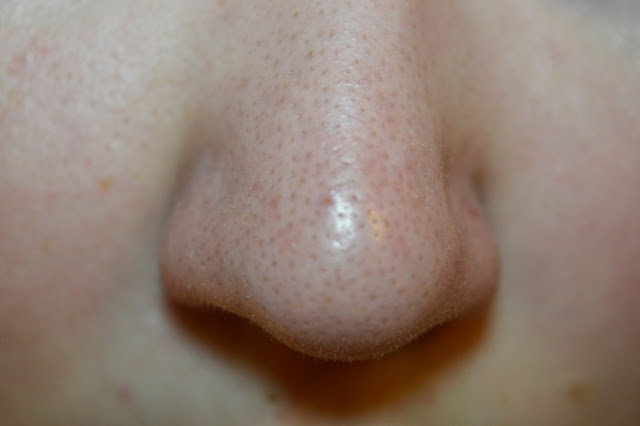 People typically recover within 7 to 10 days.
People typically recover within 7 to 10 days.
Talk with your baby’s pediatrician to determine if you can offer baby acetaminophen (Tylenol) to help make your child more comfortable while they recover. Your pediatrician may also recommend ibuprofen (Motrin) in babies 6 months and older.
A pediatrician may also be able to recommend over-the-counter or prescription topical ointments to help relieve pain from the sores.
Limit acidic or spicy foods, such as citrus, as these can irritate the sores. Instead, offer cold foods, like popsicles, to help soothe sores in the mouth. It’s also important to keep your child isolated and out of care settings until the sores have healed. HFMD is extremely contagious.
These skin conditions are generally harmless and usually go away on their own with little or no treatment. You can help your baby avoid irritating the area by keeping their nails short and putting soft cotton gloves or socks on them at night.
If you’re concerned or feel that your child may require medical intervention, talk with their pediatrician.
Nappy rash - NHS
Around 1 in 4 babies and toddlers in nappies have nappy rash at any one time. It doesn't usually develop in newborns, but all babies can get nappy rash.
Nappy rash can be caused by:
- your baby's skin being in contact with wee or poo for a long time
- the nappy rubbing against your baby's skin
- not cleaning the nappy area or changing the nappy often enough
- soap, detergent or bubble bath
- alcohol-based baby wipes
- some types of medicines, such as antibiotics or laxatives (used to make a baby poo more often)
There may be red patches on your baby's bottom, or the whole area may be red. Their skin may look sore and feel hot to touch, and there may be spots, pimples or blisters.
Most babies with mild nappy rash don't feel sore, but if the rash is severe your baby may feel uncomfortable and be distressed.
If your baby gets nappy rash, you can usually treat their skin yourself.
If the rash isn't upsetting your baby, at each nappy change apply a thin layer of a barrier cream to protect their skin. Ask your health visitor or pharmacist to recommend one.
Follow this advice to help look after your baby's skin.
- Change wet or dirty nappies as soon as possible.
- Clean the whole nappy area gently but thoroughly, wiping from front to back. Use water or fragrance-free and alcohol-free baby wipes. Read more about how to clean your baby and change your baby's nappy.
- Bath your baby daily – but avoid bathing them more than twice a day as that may dry out their skin.
- Dry your baby gently after washing them – avoid vigorous rubbing.
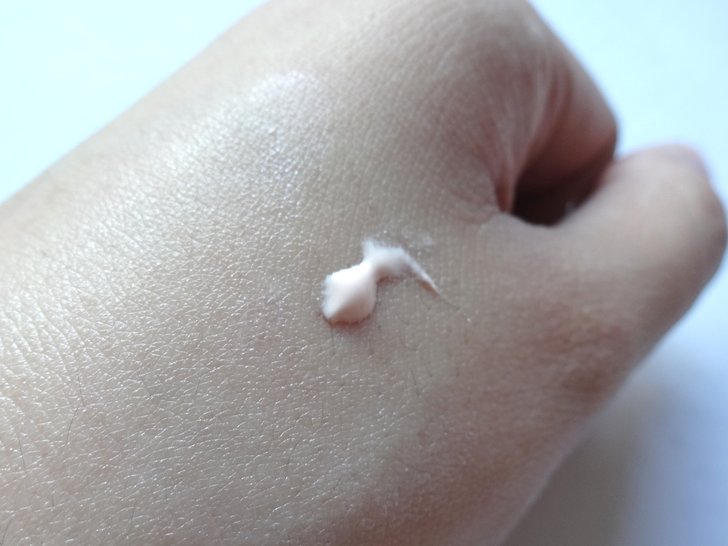
- Lie your baby on a towel and leave their nappy off for as long and as often as you can to let fresh air get to their skin.
- Do not use soap, bubble bath, or lotions.
- Do not use talcum powder as it contains ingredients that could irritate your baby's skin.
- Make sure your baby’s nappy fits properly. If it is too tight then it can irritate the skin and if it is too loose, then the nappy will not be able to soak up pee properly.
Nappy rash usually clears up after about 3 days if you follow this advice. You should keep following this advice as this will help prevent nappy rash from coming back.
If the rash is causing your baby discomfort, your health visitor or pharmacist can recommend a nappy rash cream to treat it.
You should apply the cream first and wait a few minutes before you apply the barrier cream.
If the rash doesn't go away or your baby develops a persistent bright red, moist rash with white or red pimples that spreads into the folds of their skin, they may have an infection.
Ask a pharmacist or health visitor for advice. The pharmacist may recommend a cream for you to use.
If the rash is severe, take your baby to the GP who may prescribe cream or medicine. Follow a GP's instructions on whether and when to apply barrier cream as well as the prescribed cream.
It's normal for babies to develop skin rashes, but it's important to know the difference between a minor irritation and a condition that requires attention.
Read more about rashes in babies and children.
Page last reviewed: 17 September 2021
Next review due: 17 September 2024
Rash in a child on the body, legs, back
We treat children according to the principles of evidence-based medicine: we choose only those diagnostic and treatment methods that have proven their effectiveness.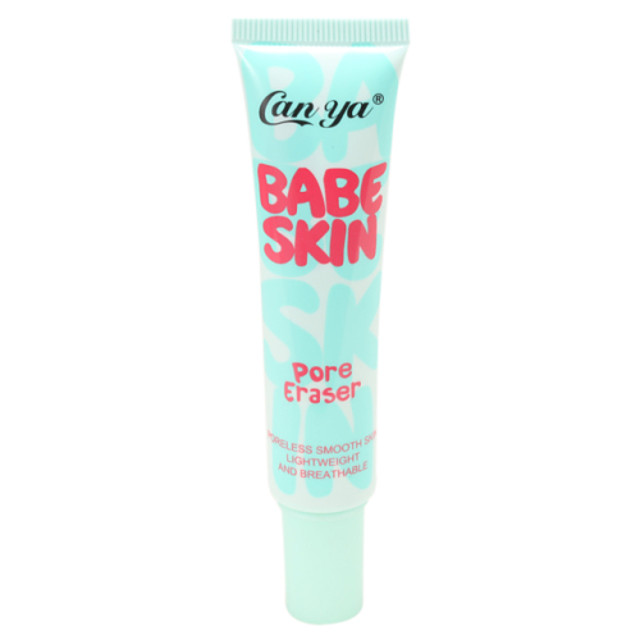 We will never prescribe unnecessary examinations and medicines!
We will never prescribe unnecessary examinations and medicines!
Make an appointment via WhatsApp
Prices Doctors
The first children's clinic of evidence-based medicine in Moscow
No unnecessary examinations and medicines! We will prescribe only what has proven effective and will help your child.
Treatment according to world standards
We treat children with the same quality as in the best medical centers in the world.
The best team of doctors in Fantasy!
Pediatricians and subspecialists Fantasy - highly experienced doctors, members of professional societies. Doctors constantly improve their qualifications, undergo internships abroad.
Ultimate treatment safety
We made pediatric medicine safe! All our staff work according to the most stringent international standards JCI
We have fun, like visiting best friends
Game room, cheerful animator, gifts after the reception. We try to make friends with the child and do everything to make the little patient feel comfortable with us.
We try to make friends with the child and do everything to make the little patient feel comfortable with us.
You can make an appointment by calling or by filling out the form on the site
Other Pediatric services
- Pediatrician's consultation
- Child Health Management Program
Frequent calls
- Acute bronchiolitis in children: diagnosis and treatment
- SARS
- Angina streptococcal tonsillitis
- Frequently ill child
- Intestinal infections
- Pneumonia (pneumonia) in children
- Colic
- Feeding problems
- Prolonged cough in a child: diagnosis and treatment
- Acute bronchitis in children: diagnosis and treatment
- Pneumonia (pneumonia) in children: diagnosis and treatment
- False croup in a child
- Coxsackie virus in a child
- The child was bitten by a tick! What to do?
Online payment
Documents online
Online services
Red dots on the skin: causes, symptoms, care
Below are some of the various etiological factors for the appearance of red dots on the body.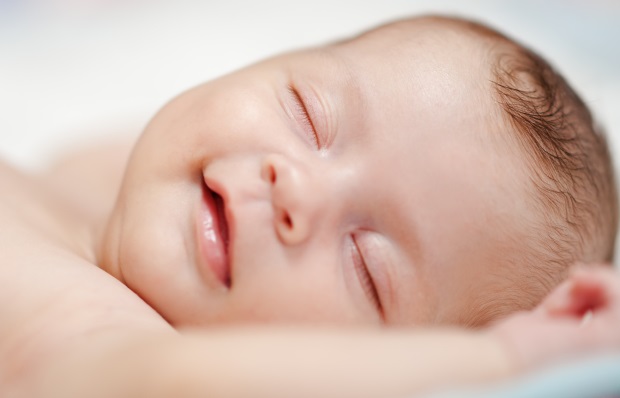
Heat rash (prickly heat)
Obstruction of the sweat glands causes accumulation of sweat in the deep layers of the skin, which provokes the occurrence of prickly heat. This condition mostly affects young children who have underdeveloped sweat glands. The favorite places for the localization of a barely noticeable heat rash are the back, groin, chest, armpits, skin of the hands - the places of the most abundant accumulation of sweat deposits.
Thermal rash may include the following symptoms:
- The totality of papules in the form of small tubercles
- itching and stabbing sensations
- of the skin of the skin
- Avature
- Nausea
As a rule, prickly heat goes away on its own after 24 hours. To improve the condition of the skin, cooling home remedies (compresses, baths) are suitable, as well as preventive measures (wearing loose clothing made from natural fabrics). If a secondary infection has joined, it is necessary to prescribe a course of antibiotic therapy.
Keratosis pilaris
Keratosis pilaris (pilaris) is a common skin condition that presents as small white and red bumps on the surface of the skin. In most cases, the outer part of the shoulders, forearms and upper back are affected.
Symptoms of keratosis pilaris:
- Dryness and roughness of the skin
- Presence of itching
Contact dermatitis
When the skin comes into contact with an allergen, an allergic reaction develops, which leads to contact dermatitis. Manifestations of contact dermatitis can be different depending on the trigger factor.
Symptoms of contact dermatitis include:
➤ Rashes that look like patterns
➤ Presence of peeling, cracks and dryness
➤ Hyperemia of the skin
➤0003
➤ Scarring of the skin
➤ Red color of the skin
➤ Presence of blisters with a crust
➤ Increased sensitivity to sunlight
In care, use products without the presence of aggressive components in the composition, wear jewelry made of natural metals.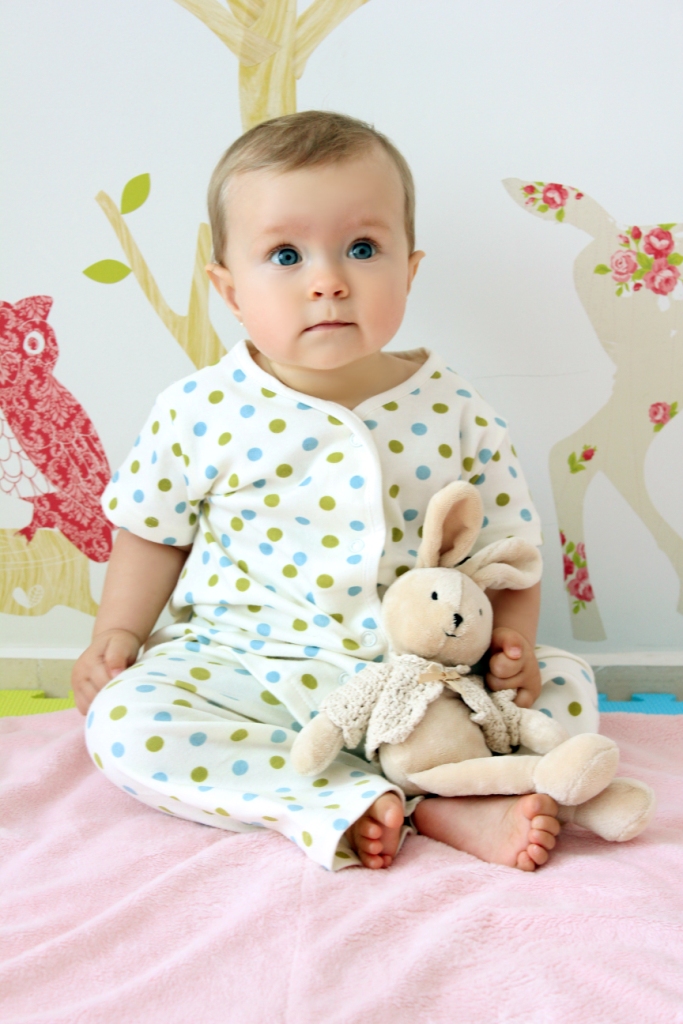 If large areas of the skin are affected, it is necessary to apply 1% hydrocortisone cream, complicated forms are treated with systemic antihistamines.
If large areas of the skin are affected, it is necessary to apply 1% hydrocortisone cream, complicated forms are treated with systemic antihistamines.
Atopic dermatitis
Atopic dermatitis (eczema) is a chronic inflammatory skin disease. There are several types of eczema - follicular and papular.
Manifestations of eczema include:
- Redness and swelling of the skin
- Dryness and flaking of the skin after heavy scratching
- Blisters, followed by the release of fluid and the formation of a crust.
Therapy of atopic dermatitis is based on taking antihistamine drugs, moisturizing the skin, and using phototherapy.
Rosacea
Rosacea is a condition in which the skin becomes covered with small rashes and redness without itching. This pathology is more typical for fair-skinned people aged 30-50 years with a photosensitive skin type.
Symptoms of rosacea:
- Redness of the skin in the nose, forehead, cheeks and chin
- Visible blood network and subcutaneous spots on the face
- Thickening of the skin
- Redness and tearing0034
- Presence of bumps and pimples
To relieve rosacea, it is necessary to moisturize the skin, use pH-balanced cleansers and creams with SPF protection before going out, minimize exposure to precipitating factors (UV light, harsh chemicals), limit consumption of spicy and hot food.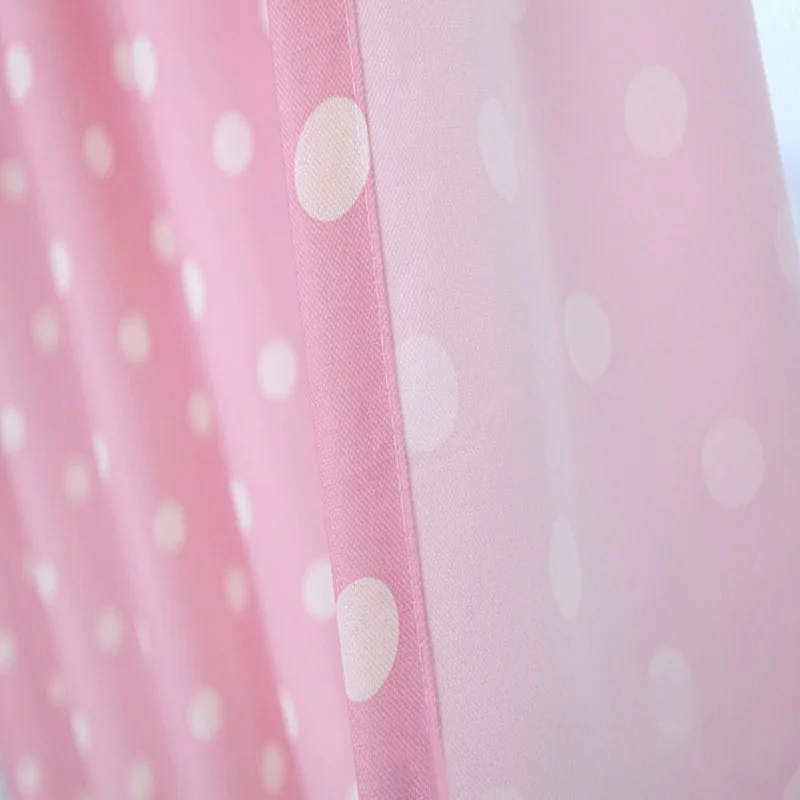 As a drug treatment, azelaic acid, metronidazole, brimonidine tartrate are used.
As a drug treatment, azelaic acid, metronidazole, brimonidine tartrate are used.
Effective therapeutic and prophylactic remedies for rosacea and rosacea0104
Infections
Red spots on the skin may appear due to the following infectious diseases:
Chicken pox or shingles . The herpes virus that causes these diseases provokes the appearance of red itchy sores with localization throughout the body. Chickenpox usually occurs in infants and preschool children. Shingles affects adults and is characterized by a unilateral rash.
Rubella . Small bright red and pink dots on the skin are manifestations of rubella. The rashes are contagious and are localized mainly on the face, arms, legs and torso. Additional manifestations of rubella include lymphadenitis, fever, headache.
Meningitis . This disease is characterized by inflammation of the meninges and presents with a variety of symptoms, including headache, fever, neck stiffness, and, rarely, a microscopic single rash of red or brown small solitary lesions.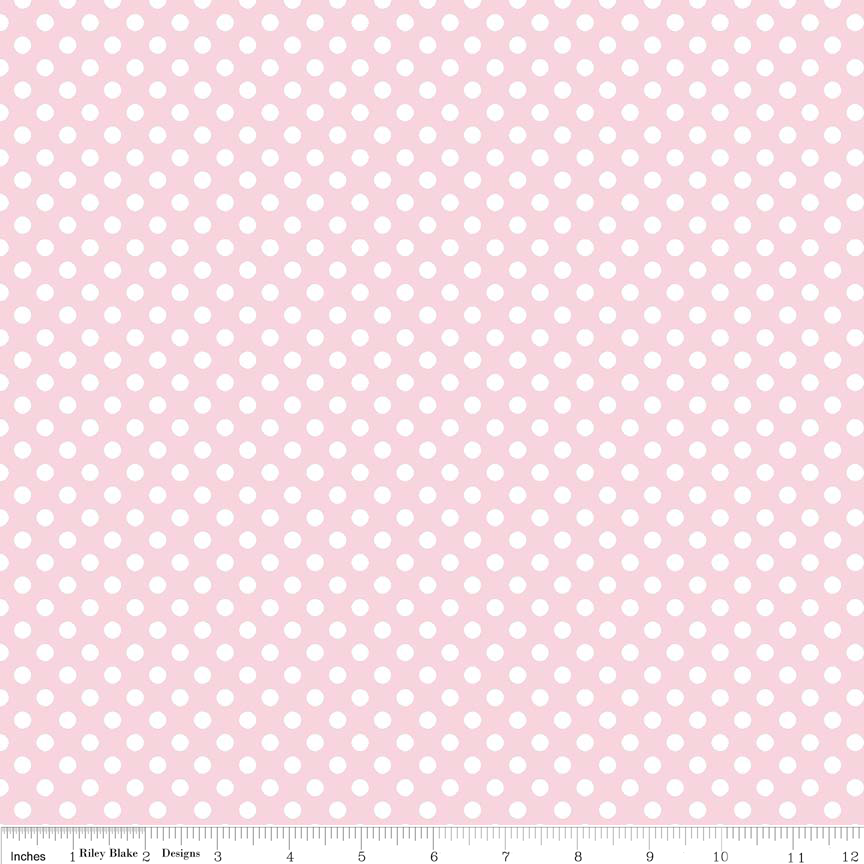
Scarlet fever . The causative agent is streptococcus, which causes red, rough specks in the neck, groin, and armpits.
Cherry angioma
A benign skin neoplasm of small size, resembling a burgundy spot, is called cherry angioma or capillary hemangioma. The shape of the tubercles can be varied, rashes are more typical for people over 30 years old. Angiomas are common on the trunk, arms and legs, and are similar to moles. Over time, they go away on their own and do not require treatment, but if desired, they can be removed with liquid nitrogen or a laser. Angiomas in the form of red droplets do not itch, sometimes they bleed, but this is a variant of the norm.
Ringworm
Mottled, red, raised, rounded dots are the result of ringworm (a fungal infection of the skin). Spots can be on any part of the skin, but most often they are on the arms and legs. The fungus is carried by both humans and pets. The rash is usually accompanied by flaking.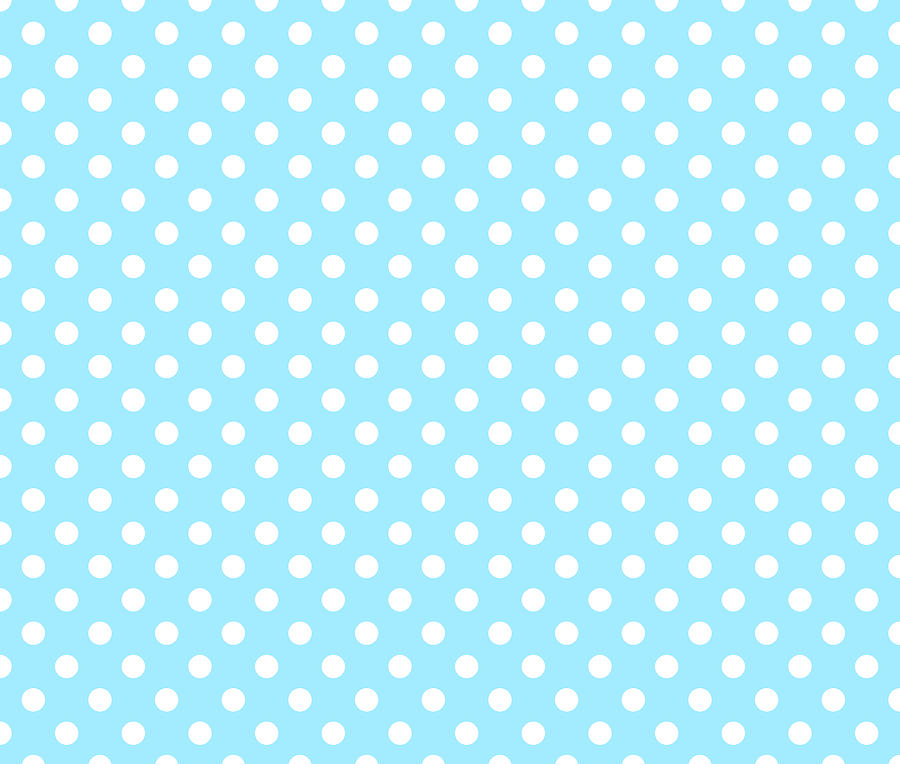 Therapy for ringworm is the use of antifungal creams or drugs.
Therapy for ringworm is the use of antifungal creams or drugs.
Lichen planus
This disease has an autoimmune course and is characterized by the appearance of flat red purple spots that itch. Lichen planus occurs among females aged 35 to 60 years. It can often be found on the nails, genitals, throat, digestive tract, and even the inside of the mouth. In some cases, the disease goes away on its own. To get rid of lichen planus, it is necessary to use oral antihistamines and topical retinoids.
Red drug rash
Some medications may cause a red rash. Such rashes occur in the form of blisters or hives and are characterized by varying degrees of severity. If a drug allergic reaction is suspected, the drug should be stopped immediately. If the condition remains severe, antihistamines or steroids should be given.
Purpura
Since blood accumulates in the layers of the skin due to the fact that the vessels burst, red dots of different diameters form under the skin, which can even be observed in the oral cavity.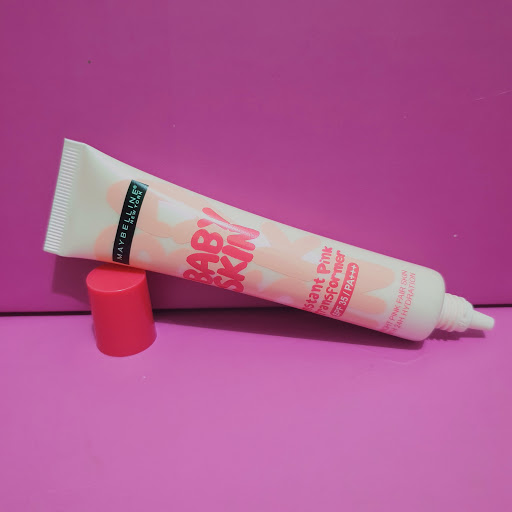 In the presence of such ruby points, an immediate consultation with the attending physician is necessary. In simple cases, red vascular dots on the skin are treated with steroids, and platelet levels are also normalized.
In the presence of such ruby points, an immediate consultation with the attending physician is necessary. In simple cases, red vascular dots on the skin are treated with steroids, and platelet levels are also normalized.
Swimmer's itch
A bumpy red rash that occurs after swimming in a body of water infected with schistosomes (parasites of the genus trematodes) is called swimmer's itch or cercarial dermatitis. As a rule, the rash appears during the day and is not transmitted to others. For treatment, antihistamines and steroids are used, in complicated cases, antibiotics.
Psoriasis
Psoriasis is considered an autoimmune disease and occurs against the background of exposure to a trigger factor (stress, infection). The rash is crimson itchy lesions with silvery plaques, localized mainly on the elbows and knees. For the treatment of psoriasis, cold compresses, topical steroids, immunosuppressants are used.
Petechiae
Petechiae are located on the arms, abdomen, legs and buttocks and very much resemble red capillary dots.